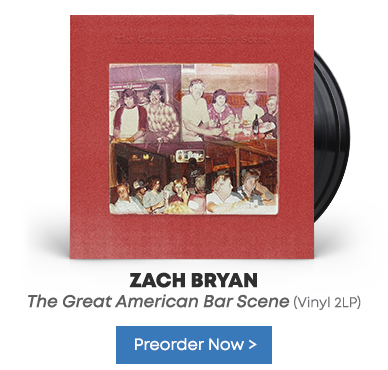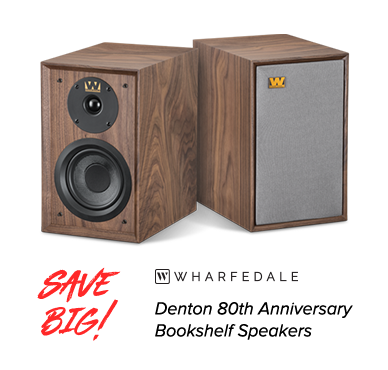On a somewhat rainy weekend in August 1969, thousands flocked to a farm in Bethel, New York, to bear witness to history at a festival touted as "3 Days of Peace and Music." Originally promoted as "An Aquarian Exposition," Woodstock was created through the efforts of several promoters (including an heir to the Polident/Poligrip fortune and a twenty-something former Capitol Records VP) and a whole lot of grit (it cost $2.4 million to bankroll). With only one organizer having any previous experience in event management (Woodstock co-promoter Michael Lang also headed the 1968 Miami Pop Festival), the collective set out to produce a festival that would draw big-name acts – and put the music and the cultural influences front and center.
Woodstock also tested the mettle of many behind-the-scenes folk, including legendary sound engineer Bill Hanley, tasked with ensuring festivalgoers heard the memorable performances mic'd and amplified throughout the grounds of Max Yasgur's 600-acre dairy farm. Hanley, whose notable work includes Bob Dylan's famous "electric" set at the 1965 Newport Folk Festival, maintained a brilliant work ethic. According to John Kane, author of The Last Seat in the House: The Story of Hanley Sound and Pilgrims of Woodstock, as well as a recent article in Front of the House Magazine, Hanley believed "everyone should be able to hear all the way to the 'last seat in the house.'"
Interestingly, he wasn't the first choice for the job. Grateful Dead sound guru Owsley Stanley topped Lang's list before he tapped Hanley. "(He) admired Hanley's confidence," writes Kane, "claiming it made him feel comfortable... [Lang said] 'We came to a situation where I wanted great sound. Bill said to me that that 'great sound for an event like yours doesn't exist, but I can build it' and he sold me.'"
McIntosh, Hanley's choice for amplification, seemed like a no-brainer. He had been steadily using the company's products, and their durability and sound quality proved a natural for the now-storied event. "Hanley had quite a lot of McIntosh amplifiers in [his] inventory to use at various events," said McIntosh's Mark Christensen. "For Woodstock, they used 20 of our MC3500 350-watt vacuum-tube monoblock amplifiers set up under the stage. This was one of our high-fidelity home-audio amps that Hanley connected together to make a larger system for use at large festivals and concerts."
Hanley's contributions would literally amplify the careers of many Woodstock performers – from Richie Havens playing "Freedom (Motherless Child)" to Joan Baez singing under threat of rain, not to mention Carlos Santana's fusion-fueled set and showings by the Who, CCR, Janis Joplin, Grateful Dead, and more. A total of 33 performers gave their all in front of an estimated 400,000 people over three days. Haley's sonic fingerprint continues to echo in the revered 1970 concert film and recordings, and remains part of Woodstock's enduring legacy, five decades on, thanks in part to McIntosh amplification.
Music Direct is proud to offer McIntosh components and speakers; for more on our selection, click here.
For John Kane's bio on Hanley and his legacy in live sound, here's the article link.
Follow Bes on Twitter & Instagram (@BesNieveraJr)
14th Aug 2019




































